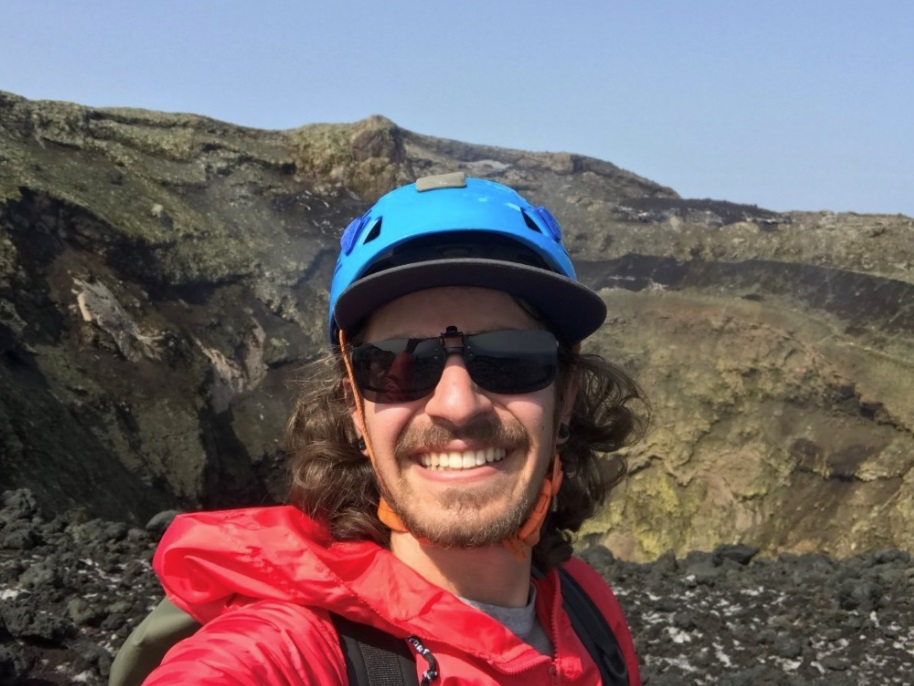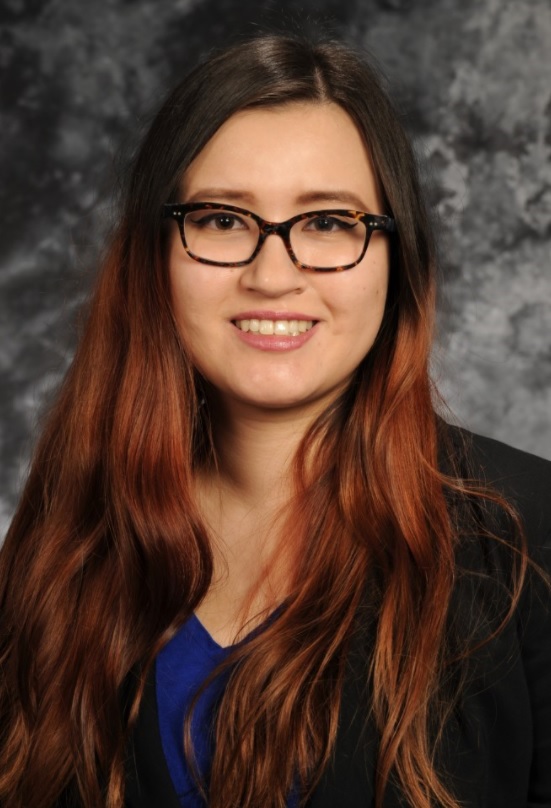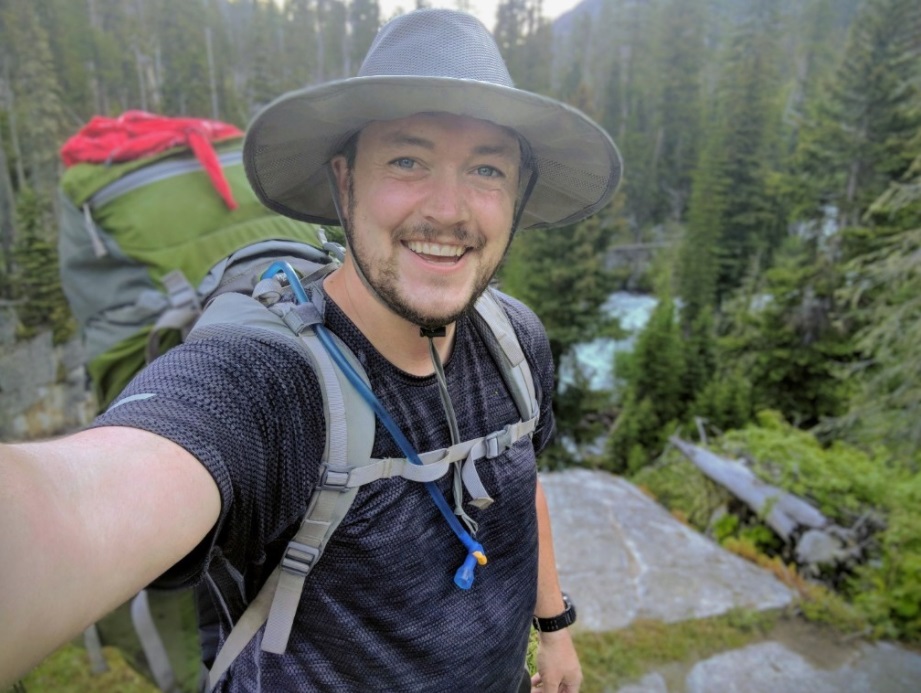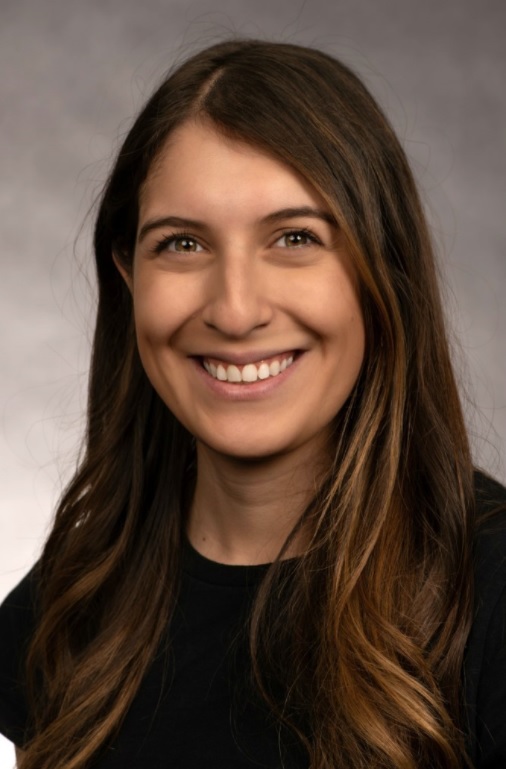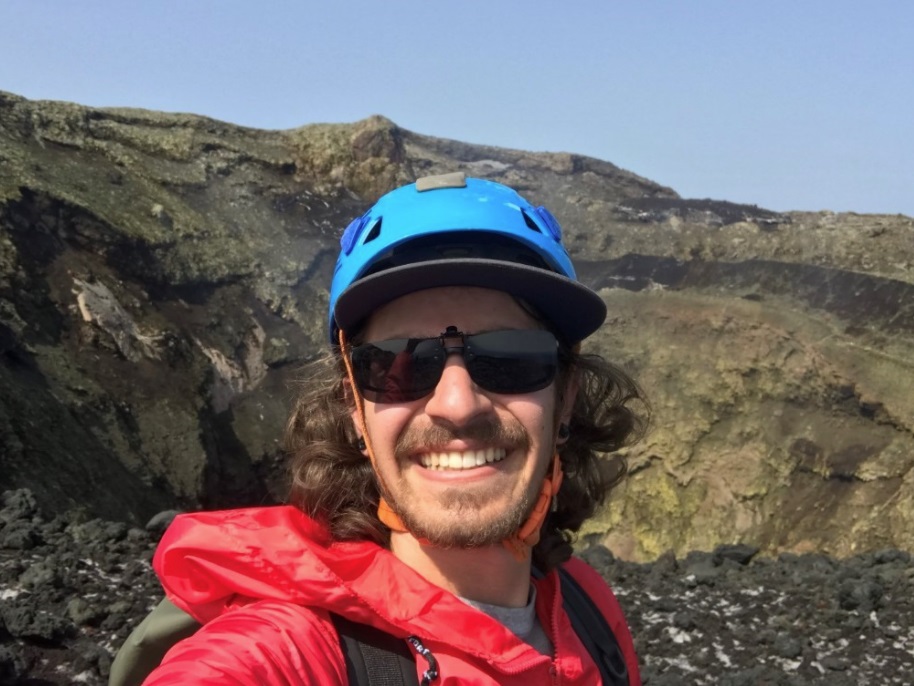2021 Winners
Listed below will include this year's winning competitors, after they are announced.
First Place
Ember Sikorski
Boise State University
“Improving Sensors for Nuclear Crash Tests”
ABSTRACT:
To preserve our world, we need to reduce our fossil fuel dependence and develop carbon-free power. Currently, nuclear power accounts for 55% of the clean energy in our country. New nuclear materials are tested at research reactors including those at Idaho National Laboratory. Research reactors function as “crash tests.” Just as cars are crash tested to ensure high safety standards, nuclear research strives to continually maximize safety.
Sensors are required to record the results of these crash tests. This requires that the sensors survive the same high temperatures and irradiation that candidate nuclear materials are subjected to.
My research develops a computational method to better understand nuclear sensors. With this method, sensor performance can be predicted under the extreme research reactor environment. By better understanding the sensors, we can continue to improve their durability and accuracy. This will aid in the ongoing development of nuclear power.
Ember Sikorski is a doctoral student in Materials Science and Engineering at Boise State, studying under Dr. Lan Li.
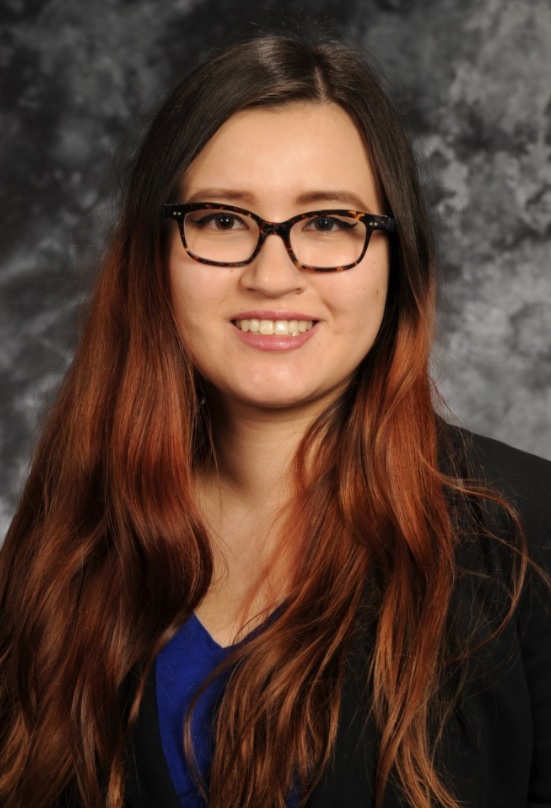
Second Place
Luke Telfer
Boise State University
“Modeling Watershed Hydrologic Response to Changes in Burn Severity Heterogeneity”
ABSTRACT:
Wildfire changes hydrologic properties such as vegetation cover and soil characteristics. These changes influence watershed energy fluxes and water balance partitioning, altering the rainfall-streamflow relationship. Additionally, burn severity manifests as a heterogeneous mosaic across the burned landscape and the spatial patterns that arise also impact postfire hydrology. While the effects of burn severity configuration have been explored at plot and hillslope scales, the watershed scale remains poorly understood.
I propose using ParFlow-CLM – a fully coupled, surface-subsurface, distributed hydrological model – to simulate the hydrology for a single watershed under a range of burn severity configuration scenarios. This research will demonstrate an approach to modeling heterogeneity of fire effects in computational hydrology at the watershed scale and explore questions such as: (1) How does the overall magnitude of burn severity influence hydrologic response? and (2) How much variation can be attributed to burn severity spatial patterns?
Luke Telfer is a master’s student in Hydrologic Sciences at Boise State, studying under Dr. Alejandro Flores.
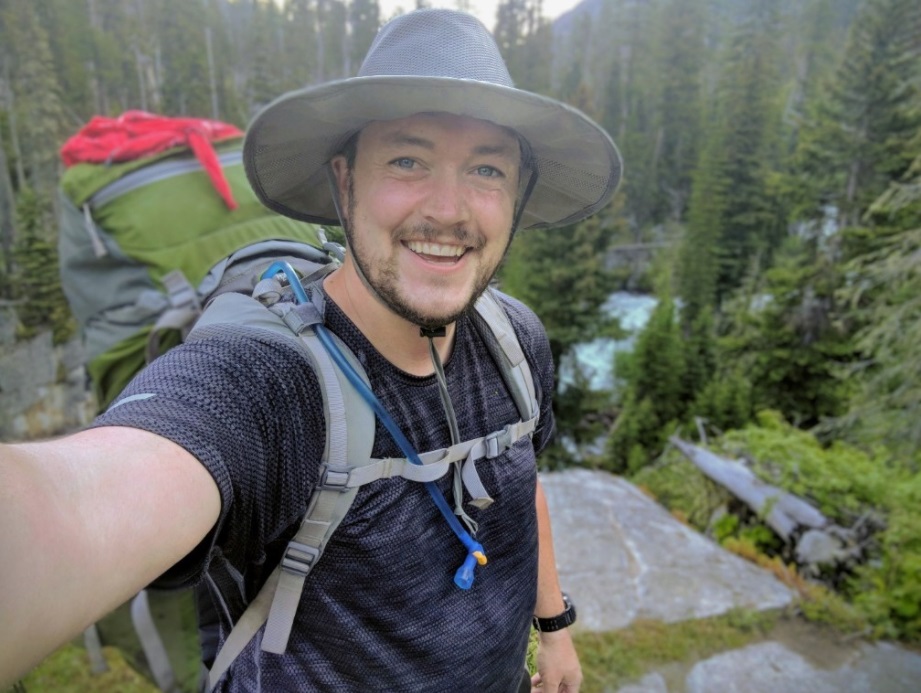
Third Place
Corina Sanchez
Idaho State University
“Reducing the Impact of Common Ravens on Greater Sage-Grouse through Egg-Oiling”
ABSTRACT:
Common raven populations have increased with human expansion. This has led to higher rates of raven predation upon sensitive prey such as greater sage-grouse for which ravens are nest predators and sources of population declines. Past raven management methods have not adequately prevented damage caused by ravens on sensitive prey.
Novel raven management methods are being evaluated with sage-grouse nest survival as the treatment response. Raven nest behavior is being recorded to understand raven breeding biology and maximize treatment efficacy.
Corina Sanchez is a master’s student in Biology at Idaho State University, studying under Dr. David Delehanty.
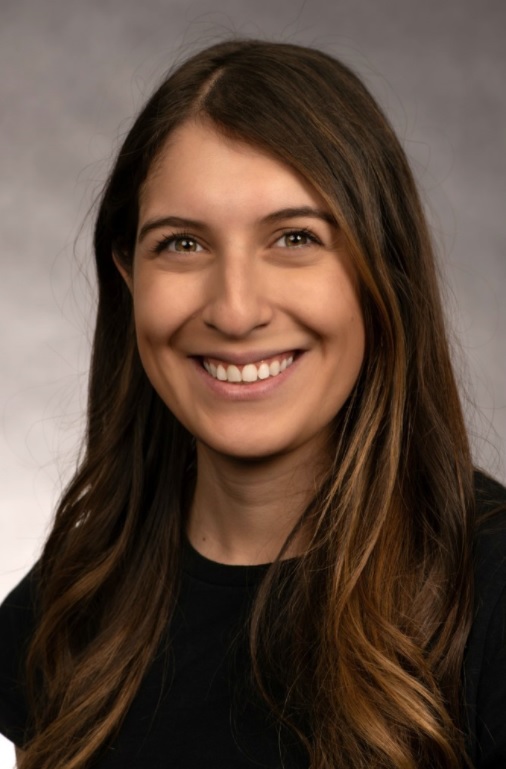
People's Choice
Bryan Rosenblatt
Boise State University
“Volcanoes: Earth’s Largest Horns”
ABSTRACT:
During a week-long excursion to Volcán Villarrica in January 2020, we collected infrasound data using a large (N=22) network distributed around the crater. During this time, a wavering of the frequency of Villarrica’s continuous monotonic infrasound was observed between 0.7 ‑ 1.1 Hz.
Since activity was stable, we argue that this frequency fluctuation can be explained through reasonable variations in sound speed. Past studies have found that a rise in the frequency of Villarrica’s monotonic infrasound may be precursory to an eruption. Therefore, it is important to distinguish between a rise in frequency leading towards an eruption or just due to atmospheric conditions.
The efforts of this research can be expanded to many other open vent volcanoes, specifically those with active lava lakes. With Villarrica being one of the most popular tourist locations in Chile, as well as having a history of lahar flows, this system has a high potential for hazard.
Bryan Rosenblatt is a master’s student in Geophysics at Boise State, studying under Dr. Jeffrey B. Johnson.
